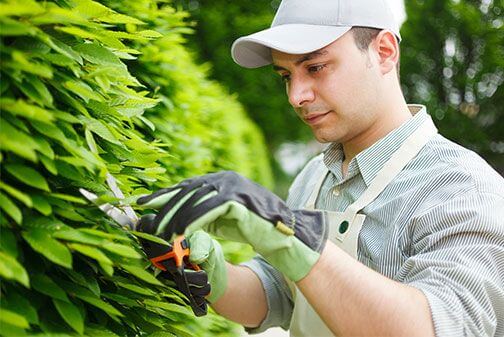Recycling Polystyrene for a Greener Earth
Posted on 25/10/2025
Recycling Polystyrene for a Greener Earth
As the global conversation about sustainability and waste management intensifies, the need to address the issue of polystyrene waste has become more urgent. Polystyrene, commonly known by the trade name Styrofoam, is a prevalent plastic material widely used in various industries. It's known for being lightweight, insulating, and inexpensive, making it popular for packaging, disposable cutlery, and more. However, its environmental impact is significant. In this article, we'll delve into the intricacies of polystyrene recycling, the challenges involved, and the strategies being developed to promote a greener Earth.
Understanding Polystyrene
Polystyrene is a synthetic aromatic hydrocarbon polymer made from the monomer styrene, a byproduct of petroleum. It is available in both solid and foam forms, the latter being expanded polystyrene (EPS) or extruded polystyrene (XPS). EPS is commonly used for things like food containers, while XPS is often used in building insulation.
One of the primary reasons polystyrene is so popular is its versatility and cost-effectiveness. However, these benefits come with significant environmental drawbacks. Polystyrene is not biodegradable and can take hundreds of years to degrade in a landfill. Moreover, its breakdown can release harmful chemicals that can contaminate the environment and pose health risks to humans and animals.

The Environmental Impact of Polystyrene
Polystyrene waste is notorious for its contribution to environmental pollution, particularly in marine ecosystems. When not properly disposed of, polystyrene products can break down into smaller particles called microplastics. These microplastics are a major source of pollution, affecting marine life and entering the food chain, potentially causing health issues for animals and humans alike.
The low density of polystyrene products also means they take up a lot of space in landfills, contributing to the ever-growing problem of waste management. Additionally, the production of polystyrene is energy-intensive, relying heavily on fossil fuels and contributing to greenhouse gas emissions.
Challenges in Recycling Polystyrene
Recycling polystyrene is considerably more complicated than recycling other types of plastics. Its lightweight and bulky nature make it economically and logistically challenging to collect, transport, and process. Furthermore, due to its low market value, many recycling programs do not prioritize or accept polystyrene waste.
Another significant challenge is contamination. Polystyrene used in food packaging is often contaminated with food residue, making it difficult to recycle without proper cleaning. This contamination can lead to the rejection of entire recycling loads, thereby increasing waste.
Innovative Solutions for Polystyrene Recycling
Despite the challenges, various innovative solutions are being explored to recycle polystyrene effectively. One such method is mechanical recycling, where polystyrene is shredded, washed, and melted into new products. However, this method is often limited by contamination and the economic feasibility of collecting and transporting the material.
Chemical recycling is another promising avenue. This process involves breaking down polystyrene into its monomers, which can then be purified and repolymerized into new polystyrene. Chemical recycling has the potential to handle contaminated or mixed waste better than mechanical recycling, though it is still in the experimental and developmental stages.
Another innovative approach is the use of biodegradable alternatives or additives to traditional polystyrene. Some companies are developing bio-based polystyrene made from renewable resources, which can degrade more easily in the environment. Others are adding biodegradable additives to conventional polystyrene to reduce its environmental impact.

The Role of Policy and Public Awareness
Government policies and regulations play a crucial role in promoting the recycling of polystyrene. Some municipalities have implemented bans or restrictions on single-use polystyrene products, driving businesses to seek alternative materials. Extended producer responsibility (EPR) programs place the onus on manufacturers to manage the end-of-life treatment of their products, encouraging them to design more sustainable and recyclable packaging.
Public awareness and participation are also vital in addressing the issue of polystyrene waste. Educating consumers about the environmental impact of polystyrene and the importance of proper disposal can help reduce contamination and increase recycling rates. Community-driven initiatives, such as polystyrene collection drives and recycling programs, can also play a significant role in mitigating the problem.
Conclusion
Recycling polystyrene is undeniably challenging, but it is a necessary step for a greener Earth. Through the development of innovative recycling technologies, supportive policies, and increased public awareness, we can address the environmental impact of polystyrene waste and move towards a more sustainable future. As consumers, manufacturers, and policymakers work together, the vision of a greener, cleaner planet becomes achievable, offering hope for future generations.
While the journey towards effective polystyrene recycling is fraught with challenges, the potential benefits make it a worthy endeavor. By continuing to explore innovative solutions and fostering a culture of sustainability, we can significantly reduce the environmental footprint of polystyrene and contribute to a healthier, more sustainable planet.






